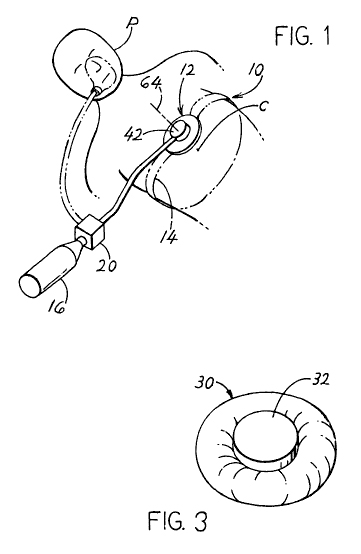Biomedical
Low Profile Chest Compressor
During sudden cardiac arrest, Cardiopulmonary Resuscitation (CPR) is the first step to maintaining oxygen-rich blood flow and increasing survivability in a patient. Sudden cardiac arrest occurs primarily in patients with cardiovascular disease but contains many other risk factors, and without CPR can lead to death within minutes due to the lack of blood flow to the brain. CPR can be very difficult for untrained civilians to properly perform, and must be continuously performed until other help arrives. This can be a difficult task of anyone, especially if the only witnesses are elderly, young or disabled. Current automated CPR and CPR assist devices are regulated primarily to EMT, first responders and hospitals, with no access to a civilian setting.
The technology
Researchers at Virginia Commonwealth University have designed an automatic chest compression device for CPR, which is lightweight and capable of being administered by an untrained civilian. Thin material with an elastic modulus of less than 50,000 Psi would provide sufficient rigidity, while still being capable of elastically deforming throughout the process. The device is powered with a hydraulic system composed of the main piston being expanded and contracted with air. Due to the lightweight design and ease of use, this invention could allow for civilians at the site of injury to apply CPR regardless of age or strength. An example schematic of the design is shown in the figure on the right.

Figure 1. Schematic design of the Low Profile Chest Compressor
